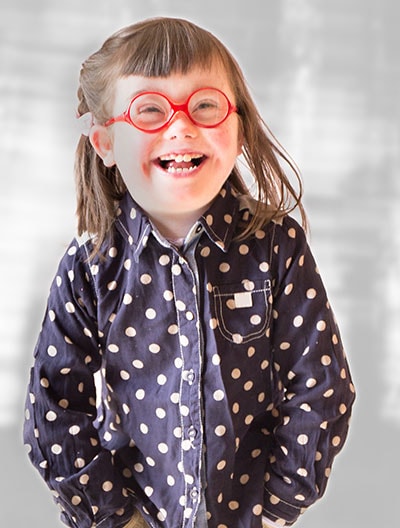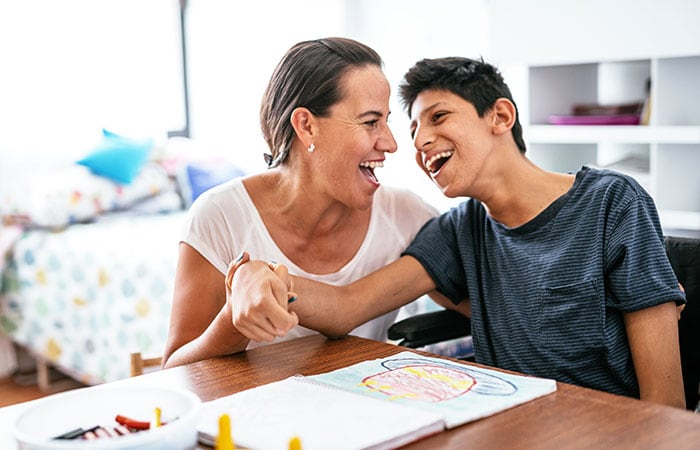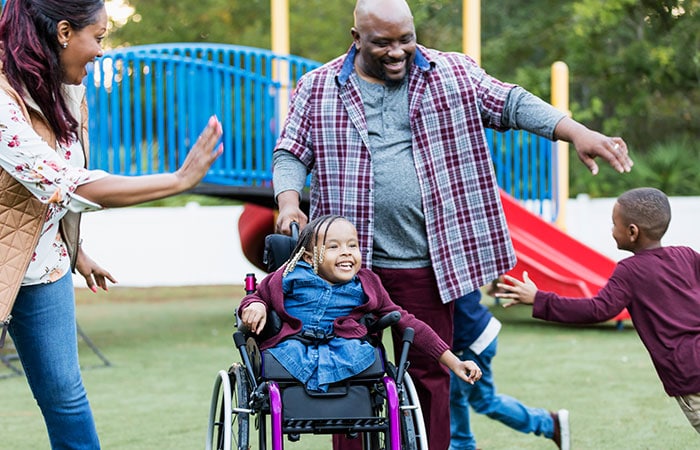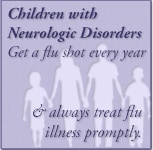Health Needs and Use of Services Among Children with Developmental Disabilities, United States, 2014–2018. An Easy Read Summary
This is an Easy Read Summary of the following report:
Cogswell ME, Coil E, Tian LH, et.al.Health Needs and Use of Services Among Children with Developmental Disabilities, United States, 2014–2018. MMWR Morb Mortal Wkly Rep 2022;71:453-458.
1. What are developmental disabilities and functional abilities?

- A developmental disability is when a child has more trouble doing certain things, like talking, moving, or learning, than most other children the same age.
- Functional ability is being able to do everyday things like crawling, walking, running, or playing without help from others.
2. What was this study about?
This study is about the number of children in the United States who have a developmental disability. The information for this study was from the years 2014 to 2018.
3. Where did the information for this study come from?
- This information comes from the 2014-2018 National Health Interview Survey (NHIS).
- Parents of 44,299 children (between 3 and 17 years old) were asked questions about the health of their child, the types of things their child might have trouble doing, and the types of services they needed to help them be healthy and learn.
- Does your child have trouble with crawling, walking, running, or playing?
- Does your child need help with personal care like eating, bathing, or putting clothes on?
- Has your child taken any medications on a regular basis in the past 3 months?
- Does your child get special education or early intervention services?

4. What did this study find?

head side brain icon
Children with a developmental disability are 18 times more likely to have special education or early intervention services than children without a developmental disability.
- 1 in 6 children in the United States (3 – 17 years old) had a developmental disability.
- Children with a developmental disability were more likely to: take medication; have seen a medical specialist or mental health provider; and receive special education services than children without a developmental disability.
- Among children with at least one developmental disability:
- Girls were more likely to have trouble with crawling, walking, running, or playing than boys.
- Hispanic children were more likely to need help with personal care than White or Black children.
5. Why are these findings important?


Plans that help families with early identification of developmental disabilities and with finding services for children with developmental disabilities could improve health and reduce the need for services later in life. Addressing barriers to receiving services for children with disabilities and their families could help reduce health disparities.
